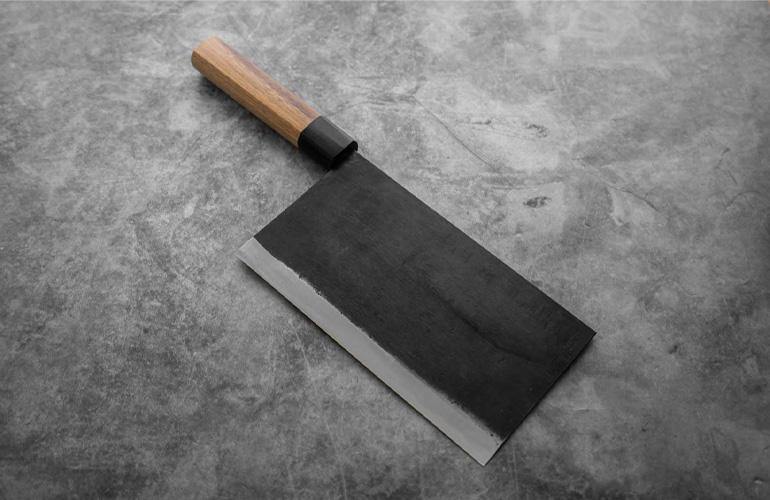
Choosing The Right Chef Knife For You
Never heard of a Gyuto? No idea what SG2/R2 is? Double or Single Bevel? Don’t panic, we’ll explain what you need to know when picking out a Japanese Chef knife.
If you’re in the market to purchase a Japanese kitchen knife, you might be looking for a timeless, meaningful gift, interested in the culinary arts, a chef, or simply wanting to cook a delicious meal for your loved ones.
There are many different Japanese knives, so much so it can be a little overwhelming to make a choice. Here, we cover a few main points to consider when choosing the right Japanese chef knife for you.
Blacksmith
Taking the maker of your knife into account can give you an idea of the overall quality you will be receiving. The manufacturer will influence the design, balance, performance, and price of the knife.
Different blacksmiths will also prefer to use particular steel, which may have some benefits over other knife steels available. As the craft of knifemaking is a traditional art form passed down through generations, it is something Japanese blacksmiths hold very dear.
Through the application of these varying techniques, each blacksmith continues the traditions of their forefathers, producing a knife that is unique to that families history, a culmination of (sometimes) hundreds of years of tradition. Some people prefer to have matching sets from one blacksmith, while others do not mind mixing and matching different blacksmiths to create a set that they are happy with. This is personal preference.
Style
The style of knife you buy depends largely on what you’re looking to do with it and what you are preparing. Whether you’re preparing sushi or peeling vegetables, the process of chopping and slicing is very different and a different knife will be required.
Make sure you know how you are primarily looking to use the knife so you can select the correct style. A home cook that would just like to own a high-performance knife might lean towards a Santoku between 160-180mm, whereas a professional chef with a wide variety of tasks to complete may opt for a Gyuto of 210mm length or more, and a petty or small utility knife to cover the smaller tasks at hand.
